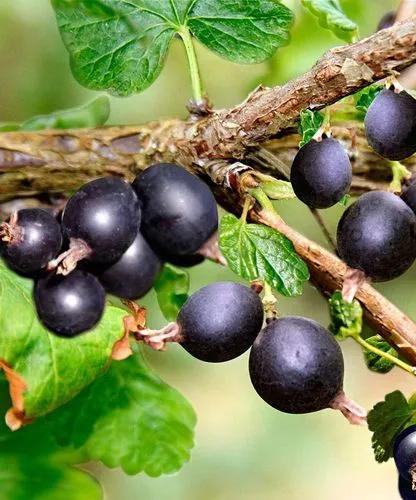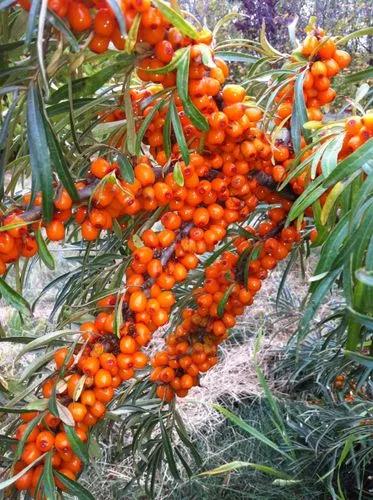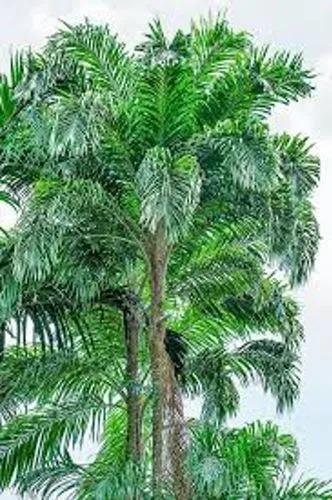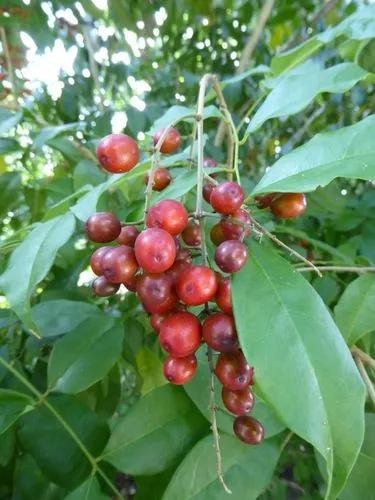Prunus mahaleb, the mahaleb cherry or St Lucie cherry, is a species of cherry tree. The tree is cultivated for a spice obtained from the seeds inside the cherry stones. The seeds have a fragrant smell and have a taste comparable to bitter almonds with cherry notes.
The tree is native in the Mediterranean region, Iran and parts of central Asia. It is adjudged to be native in northwestern Europe or at least it is naturalized there. It is a deciduous tree or large shrub, growing to 2–10 m (rarely up to 12 m) tall with a trunk up to 40 cm diameter.
The tree's bark is grey-brown, with conspicuous lenticels on young stems, and shallowly fissured on old trunks. The leaves are 1.5–5 cm long, 1–4 cm. wide, alternate, clustered at the end of alternately arranged twigs, ovate to cordate, pointed, have serrate edges, longitudinal venation and are glabrous and green.
The petiole is 5–20 mm, and may or may not have two glands. The flowers are fragrant, pure white, small, 8–20 mm diameter, with an 8–15 mm pedicel; they are arranged 3-10 together on a 3–4 cm long raceme. The flower pollination is mainly by bees. The fruit is a small thin-fleshed cherry-like drupe 8–10 mm in diameter, green at first, turning red then dark purple to black when mature, with a very bitter flavour; flowering is in mid spring with the fruit ripening in mid to late summer.










